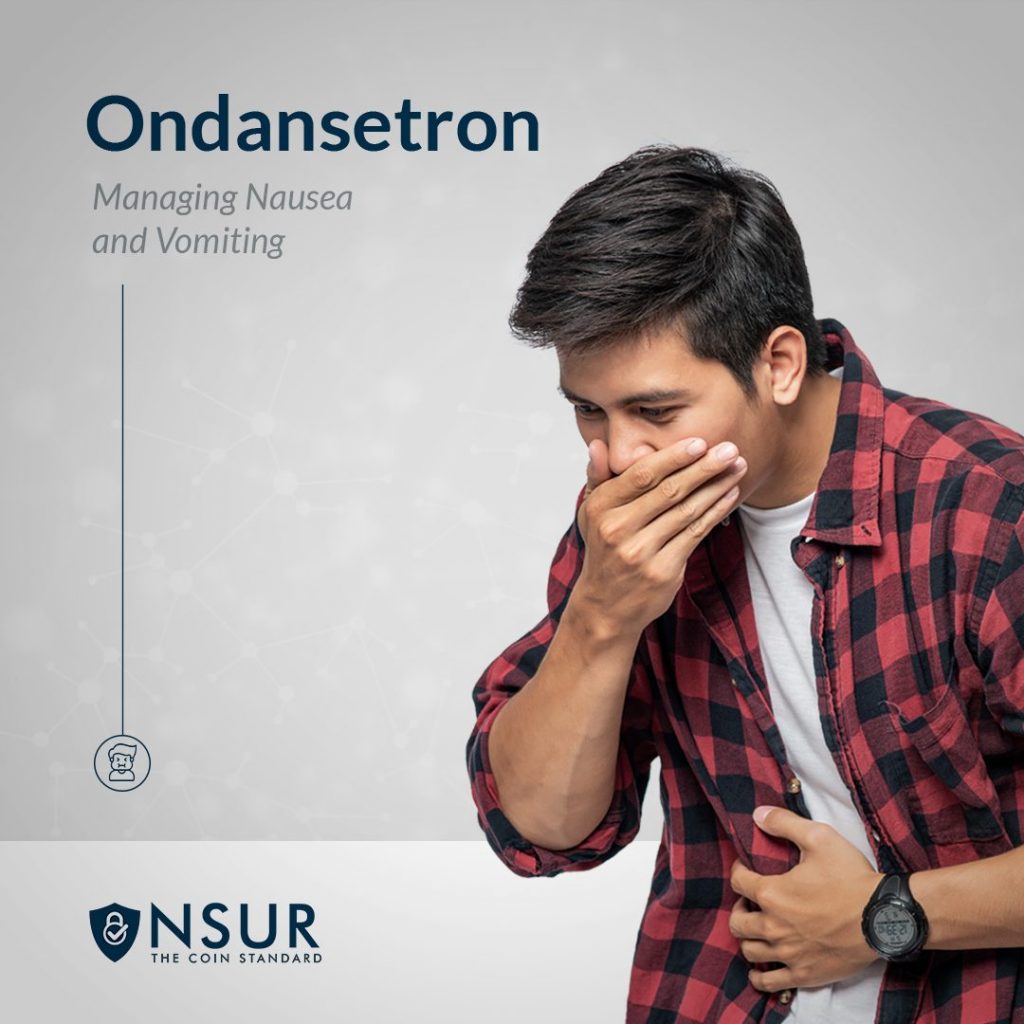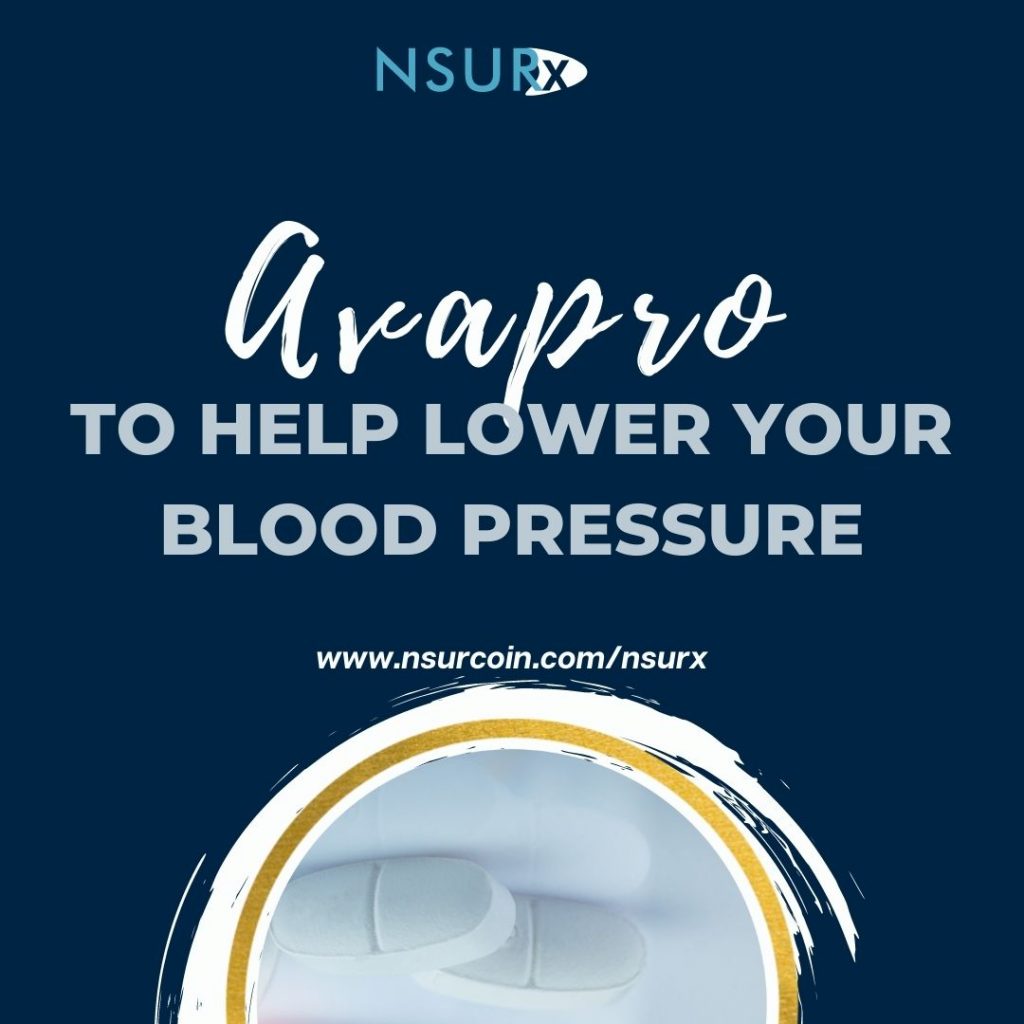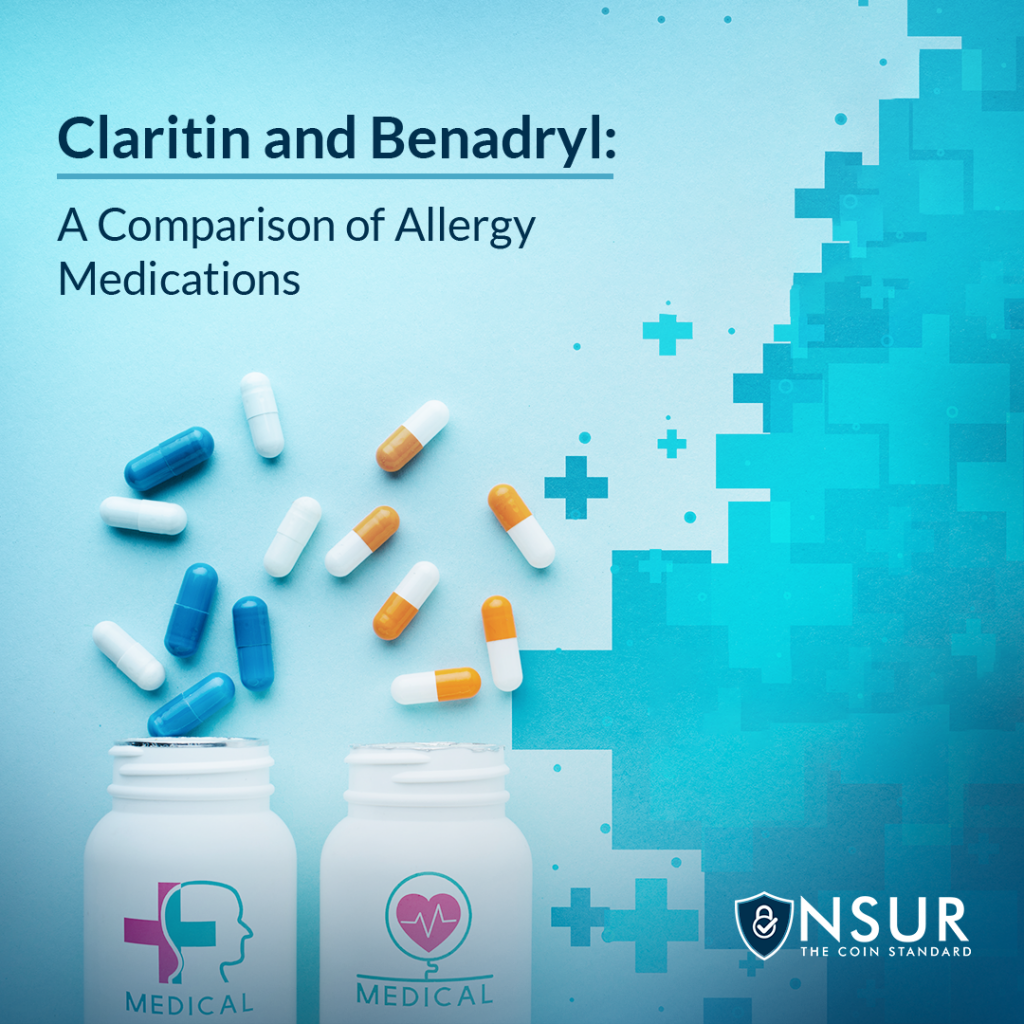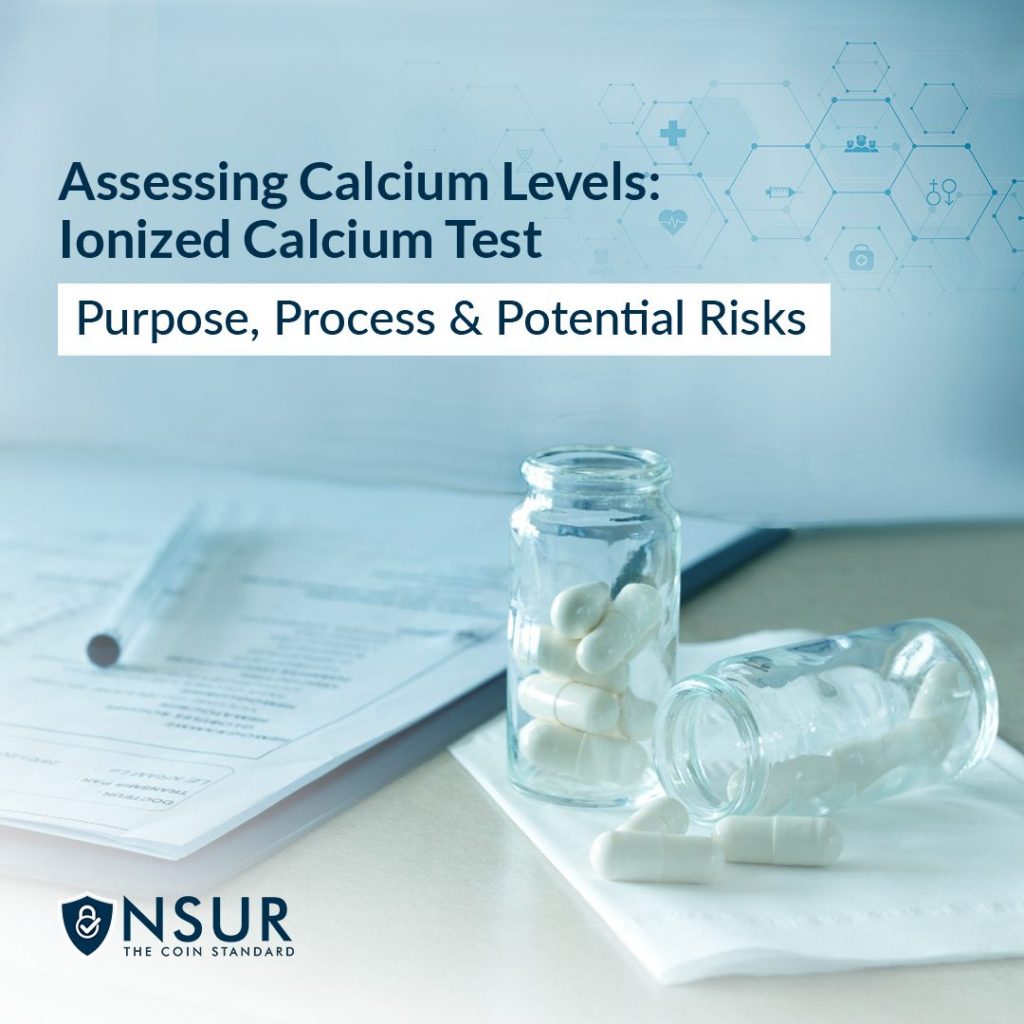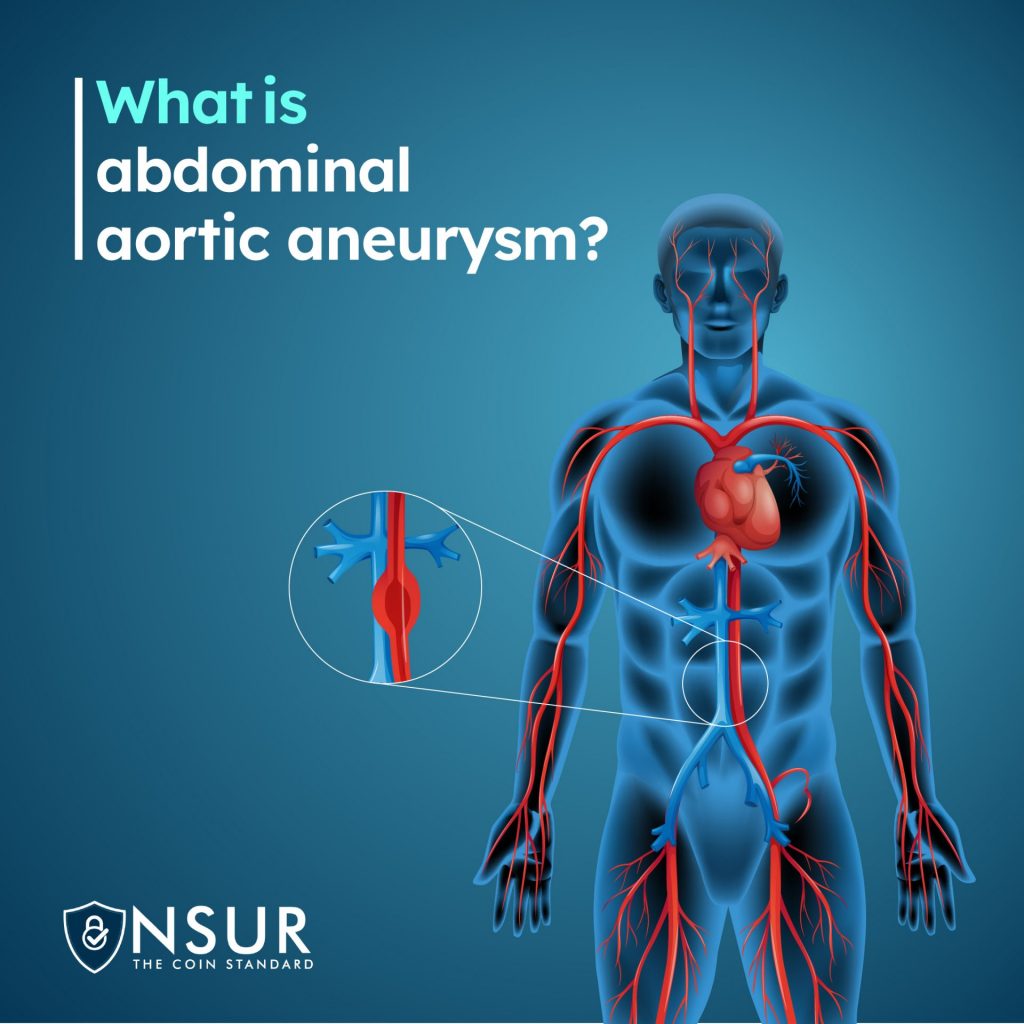
An abdominal aortic aneurysm is an expanded region in the lower section of the primary conduit that provides blood to the body (aorta). It is a potentially fatal disease that needs monitoring or treatment depending on the aneurysm’s size and/or symptomatology. An abdominal aortic aneurysm might be discovered by coincidence or at the moment of rupture. Long-term smokers over the age of 65 are more vulnerable to abdominal aortic aneurysm.
What is Abdominal Aortic Aneurysm?
The aorta is the body’s major blood artery. It is responsible for carrying oxygenated blood from the heart to the rest of the body. An aortic aneurysm is a bulging, weakening region of the aortic wall. The blood artery expands with time and is at danger of bursting (rupture) or separating (dissection). This can result in life-threatening bleeding and, in extreme cases, death.
Aneurysms most commonly develop in the section of the aorta that goes through the belly (abdominal aortic aneurysm). AAA, or triple A, refers to an abdominal aortic aneurysm. The aorta that goes through the chest is referred to as a thoracic aortic aneurysm.
Once established, an aneurysm will gradually grow in size and become weaker. An abdominal aneurysm can be repaired or removed surgically, or a metal mesh coil (stent) can be inserted to support the blood artery and prevent rupture.
Symptoms
Abdominal aortic aneurysms can develop slowly and without symptoms, making them difficult to identify. Some aneurysms never burst. Many AAA start small and stay small. Others develop in size over time, sometimes rapidly.
Some common symptoms are as follows:
- Back pain
- Deep constant pain in belly area
- A pulse near the belly button
Seek quick medical attention if you are in pain, especially if the discomfort is sudden and severe.
Abdominal Aortic Aneurysm Shape
The most common shape is egg-shaped, in which the aorta balloons out on both sides. A bulging artery is not considered a genuine aneurysm until its diameter has increased by 50%.
A saccular form is characterized by a specific aortic bulge. This is known as a pseudoaneurysm. It typically indicates that the inner layer of the artery wall has been ripped, which might be caused by an arterial damage or ulcer.
Causes of AAA
Aneurysms can form anywhere along the aorta, however the majority of aortic aneurysms occur in the belly area (abdomen). Several things can play a role in the formation of an abdominal aortic aneurysm, including:
- Atherosclerosis also known as the hardening of the arteries. It develops when fat and other chemicals accumulate on the inner lining of a blood vessel.
- High blood pressure harms and weakens the walls of the aorta.
- Blood vessel disease which causes blood vessels to become inflamed.
- In some cases it can be caused due to fungal infection.
- Car accident injuries or other serious accidents can also rupture the aorta causing AAA.
Take advantage of NSURx when making healthy lifestyle changes!
With the NSURx Prescription Benefit Card, you can save money on your medications at more than 35,000 pharmacies across the United States.
You can save up to 80% on your medication by using an NSURx card. Hundreds of dollars in savings could be yours every time you fill out your prescription.
The more you use NSURx, the more NSUR Coins you will receive as a reward.
Reference:
- https://www.mayoclinic.org/diseases-conditions/abdominal-aortic-aneurysm/symptoms-causes/syc-20350688
- https://www.ncbi.nlm.nih.gov/books/NBK470237/
- https://www.uptodate.com/contents/overview-of-abdominal-aortic-aneurysm
- https://www.hopkinsmedicine.org/health/conditions-and-diseases/abdominal-aortic-aneurysm
